Affiliate links on Android Authority may earn us a commission. Learn more.
Apple iPhone XS review - how does the experience compare to Android?
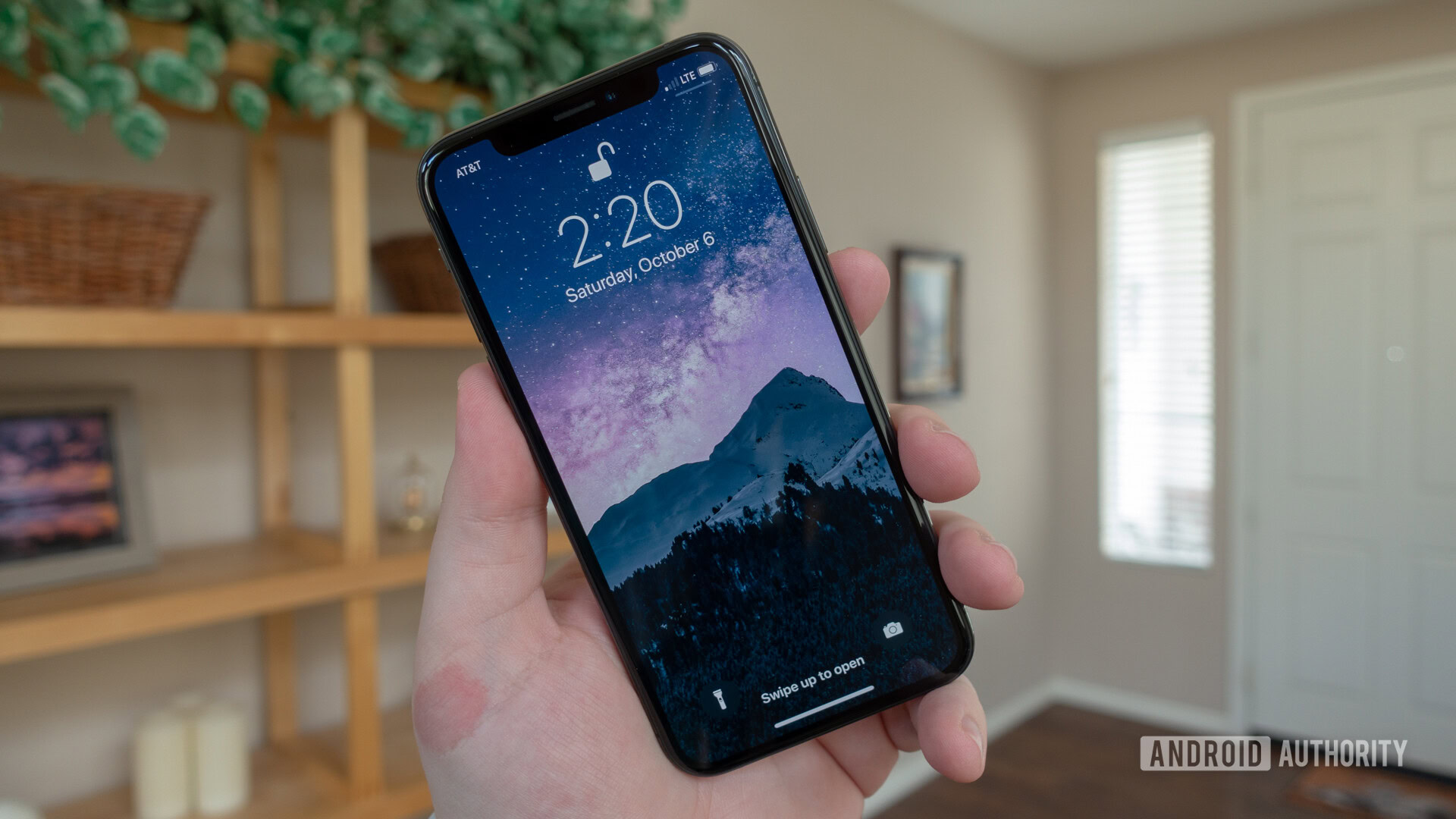
It may seem strange to see an iPhone XS review on Android Authority, but it’s hard to deny the iPhone’s influence on the directions Android’s gone over the years. It’s also good to see what the competition has to offer.
Apple’s S year products tend to be more about internal upgrades than massive design changes, and the new iPhone XS and XS Max are no exception. For this review, we’re focusing specifically on the iPhone XS, but you can learn more about the Max here.
As an Android user, the real question is how the experience compares to Android and what does an iPhone offer in 2018. Can I truly be happy using an iPhone? In a quest to answer that very question, I’ve used the Apple iPhone XS as my daily driver for nearly three weeks.
The Apple iPhone XS unit was purchased by Android Authority for the purposes of this review.
Design
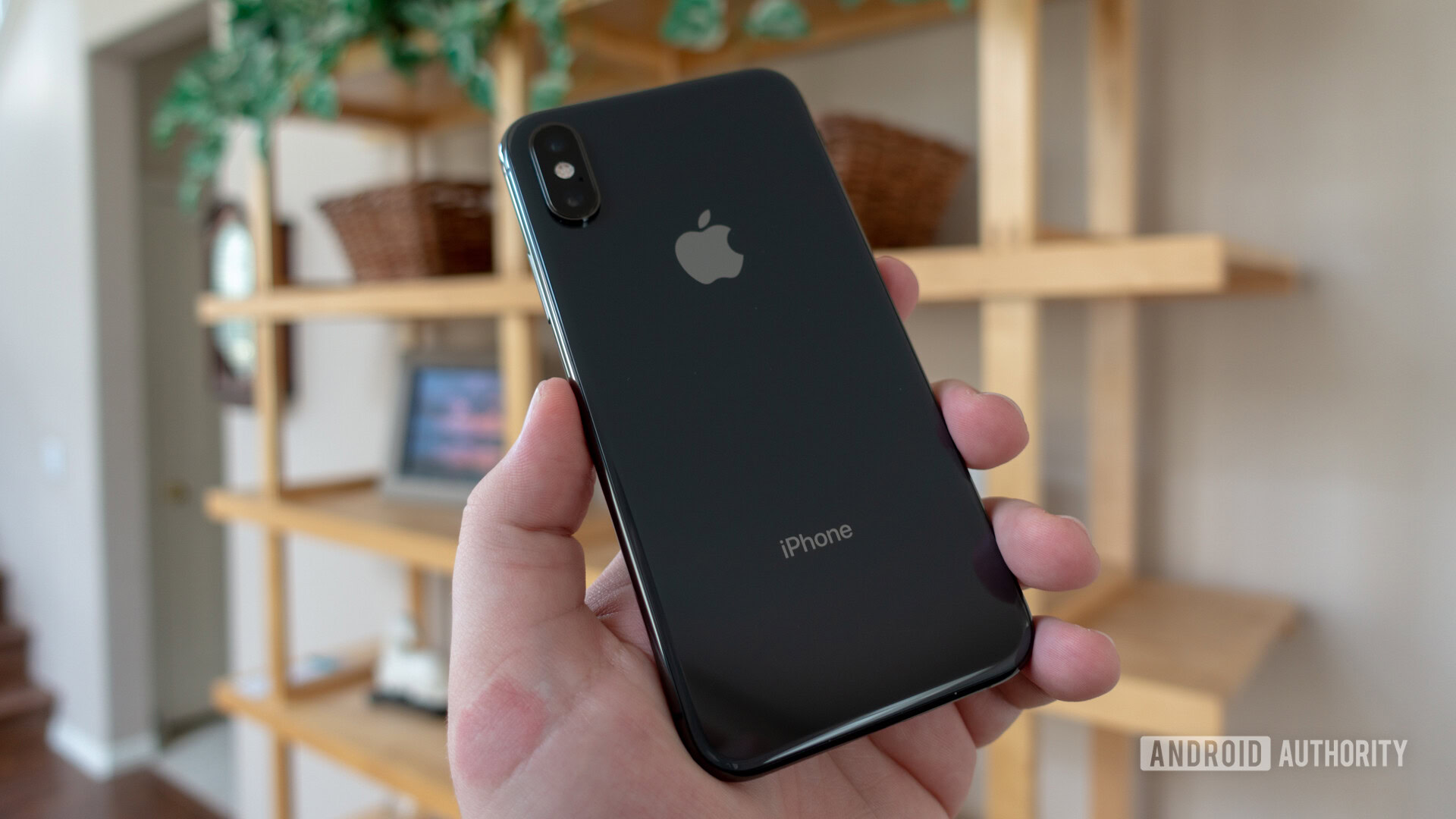
Last year the iPhone X represented a radical departure from the traditional iPhone aesthetic. Now Apple has fully embraced this design with its newest models.
The iPhone XS sandwiches a stainless steel frame between two Gorilla Glass 6 panels, with the notch Apple made infamous up front. I really like the design of the iPhone XS. It feels great, it’s easy to use with just one hand, and it doesn’t have the same chin you find with most notched Android phones. About the only thing I don’t like is the Apple logo.
The iPhone XS looks and feels great, just like the iPhone X before it.
The iPhone XS is nearly identical to the X, with just a few minor cosmetic changes.
Apple cut the number of holes on the bottom left edge from six to three, as the new antenna band on the bottom takes some of this space. The dual-camera module is also marginally higher than on the X.
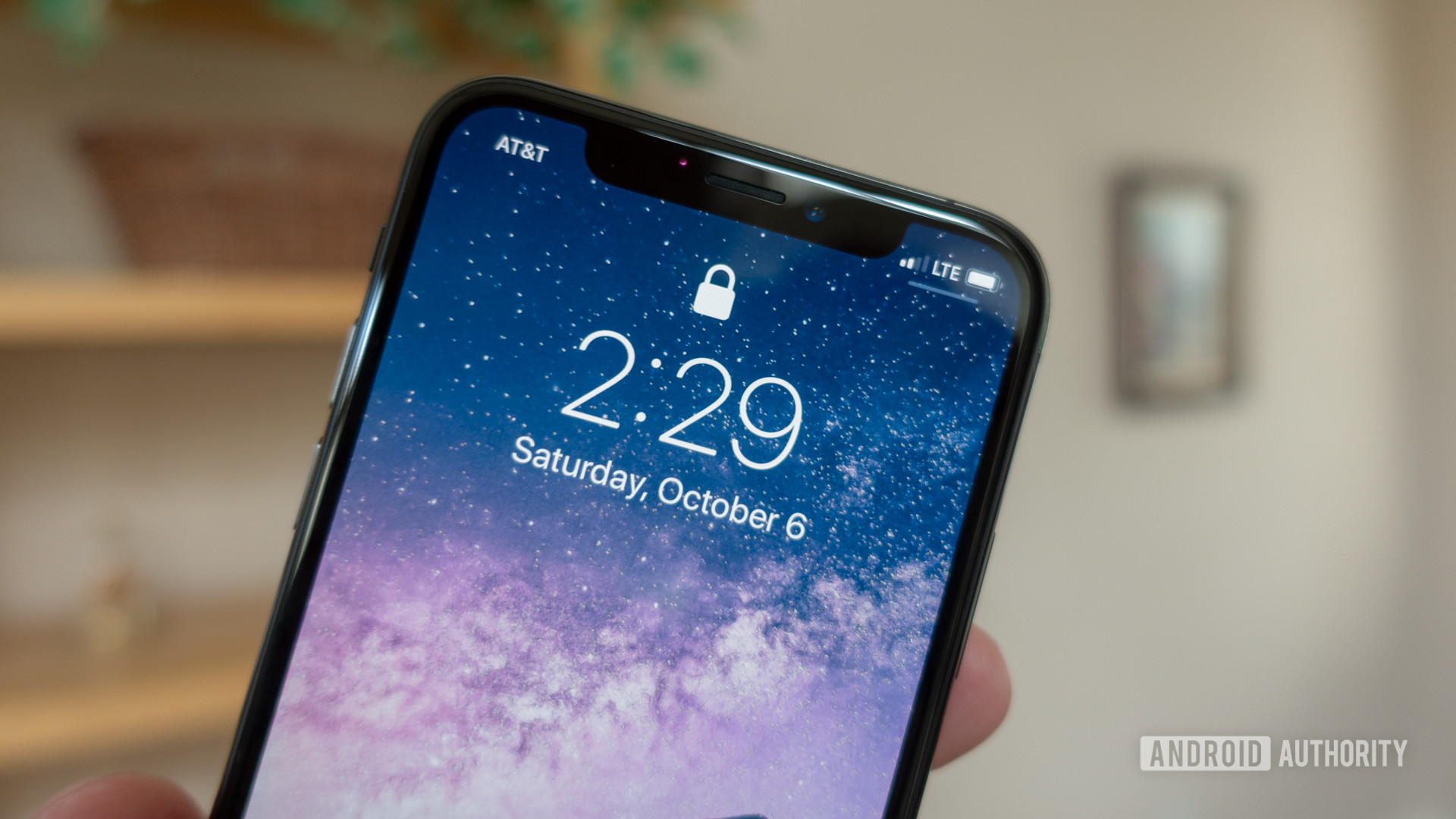
Display
Apple has historically lagged behind with display tech, sticking to LCD displays with relatively low resolutions (at least compared to Android devices). Last year Apple finally caught up with the OLED-based iPhone X. This year not much has changed, and that’s a good thing.
The iPhone XS sports a 5.8-inch OLED display with a resolution of 2,436 x 1,1225, resulting in 458 pixels per inch. The viewing angles are great, color reproduction is excellent, and brightness is more than adequate.
Apple has put LCDs behind it with its XS line, resulting in an excellent display.
Backing up the display are a few useful hardware and software features.
Apple True Tone technology uses special sensors to dynamically adjust the white balance of the display to match ambient lighting for a more accurate viewing experience. Night Shift uses the clock and geolocation data and shifts the display to warmer colors for better viewing at night.
It’s an excellent display, though Android OEMs like Samsung still have the upper hand, at least marginally.
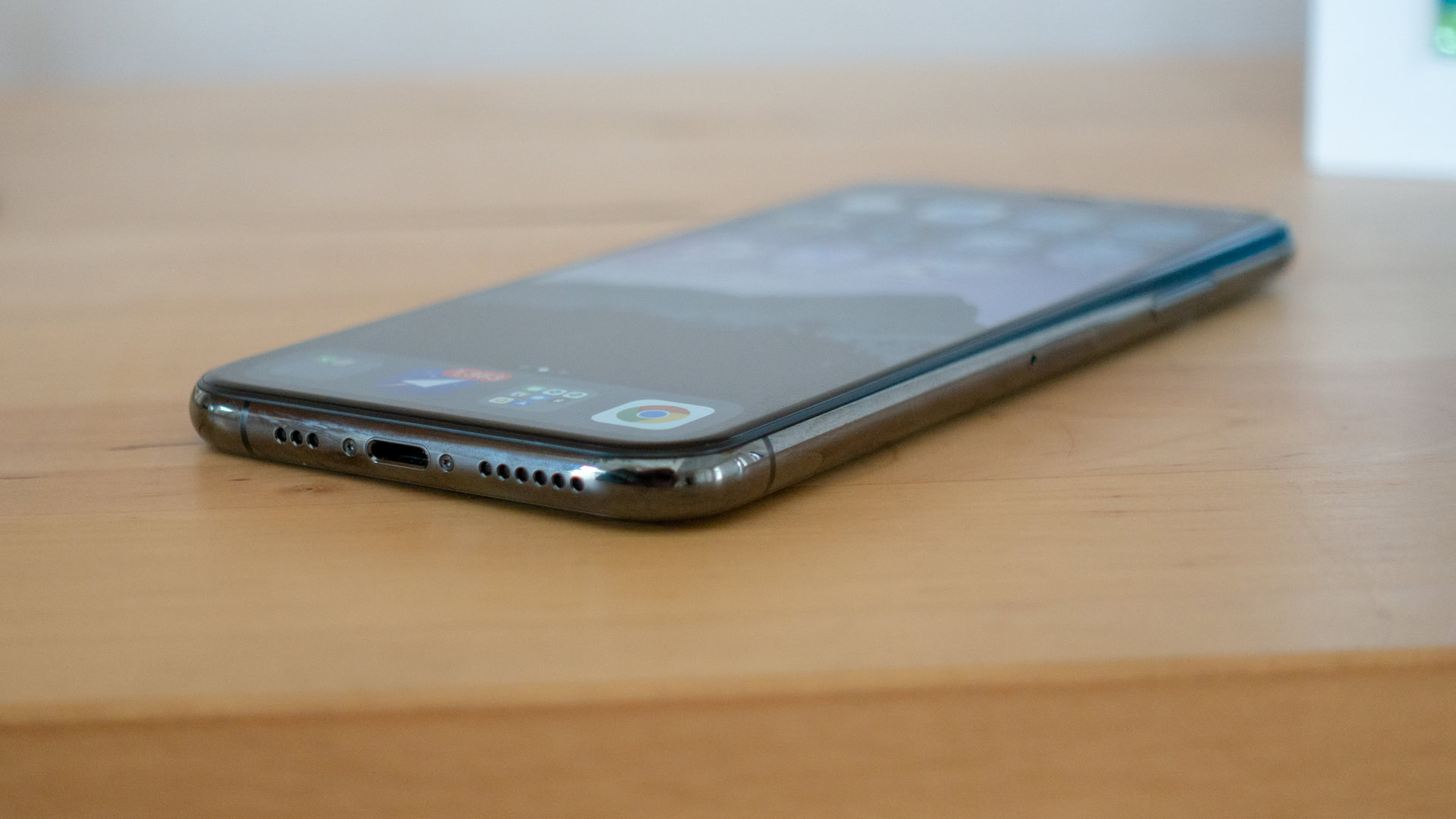
Performance
The iPhone XS is powered by the Apple A12 Bionic processor, the company’s first mobile processor built on a 7-nanometer process. Similar to the A11, the new chip features a Neural Engine used for machine learning, this time upgraded to six cores reportedly capable of processing 5 trillion operations per second.
This means little in real life, so let’s just say it’s fast and can easily handle any apps or games you throw at it.
We put the Apple iPhone XS through Geekbench 4, AnTuTu, and 3DMark benchmark tests. You can see the results below, compared with the Samsung Galaxy Note 9 for reference.
Geekbench 4 gave the Apple iPhone XS a single-core score of 4,811. In comparison, the Note 9 scored a 2,311. The iPhone XS achieved a multi-core score of 11,246, while the Note 9 scored a 7,642.
AnTuTu gave the Apple iPhone XS a score of 306,374, compared to the Note 9’s score of 272,168.
Finally, the iPhone XS scored 3,522 in 3D Mark Slingshot Extreme, while the Note 9 performed slightly better at 3,555.
These results make iPhone XS seem more impressive than the Galaxy Note 9 — at least on paper. In reality, benchmarks aren’t the best measure of real-world performance, and the differences between iOS and Android further complicate matters.
At the very least we can say the iPhone XS gives top Android flagships a run for their money on this front. No single game or app slowed this phone down. It didn’t necessarily feel any faster than my OnePlus 6 though, further illustrating how there’s more to a phone experience than what is on paper.
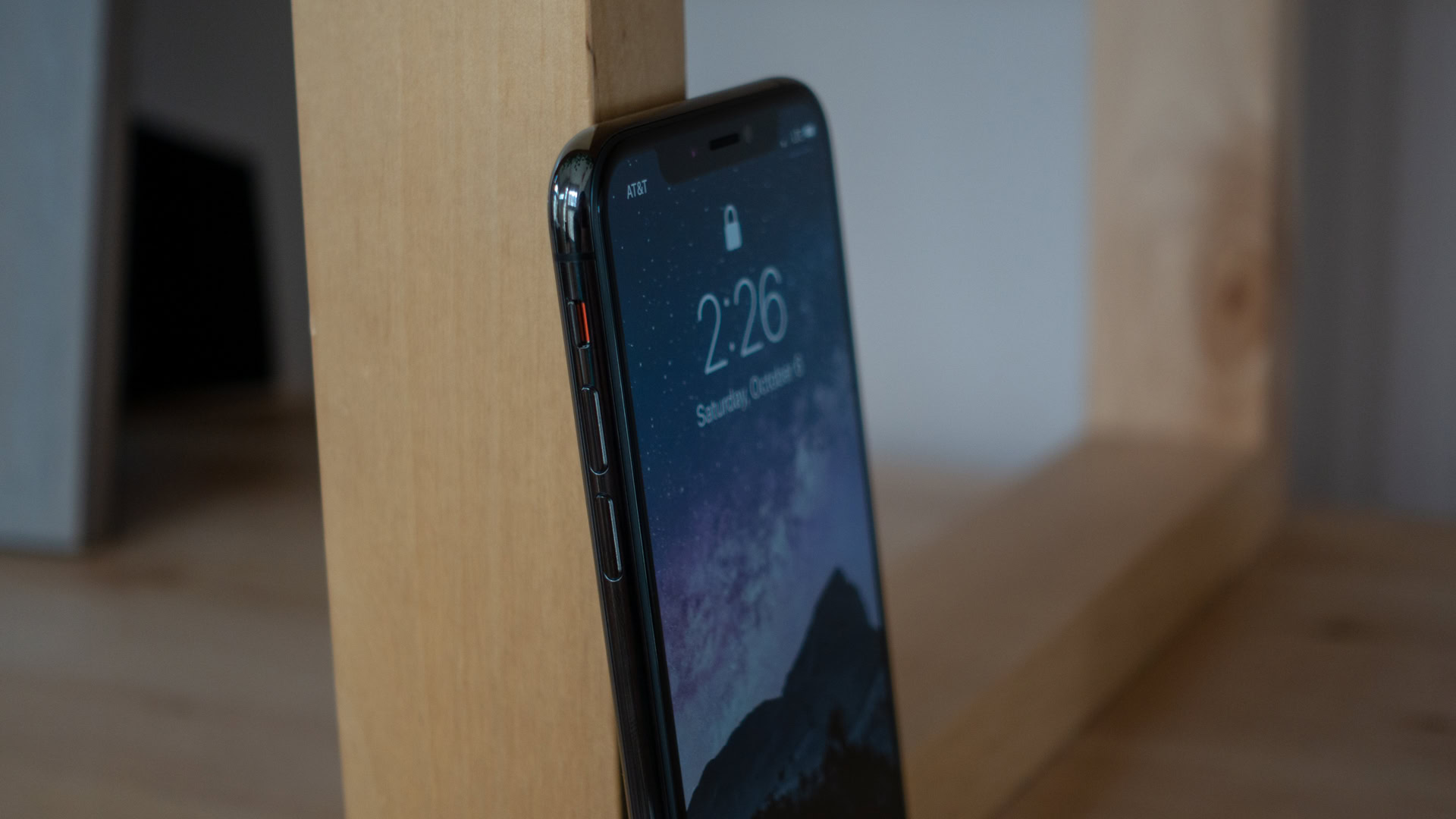
Hardware
The Apple iPhone XS isn’t a major change from last year’s iPhone X, but there are a few notable hardware improvements.
Moving to a 7-nanometer chip is supposed to translate to better battery life, and that was definitely reflected here.
I’m more of a podcast or music listener, and so a lot of my time with the phone was spent with the screen off, as you can see below in the screenshot of this week’s usage.
During my first week with the iPhone XS I made sure to go above my normal usage habits, playing plenty of movies and games right from my screen. During this time I was able to consistently get around six to seven hours of screen-on time. Plenty of Android phones have better battery life, but the iPhone XS is far from the worst.
Regardless, whether you’re a heavy or lighter user, the iPhone XS can get through a full day pretty easily. Not bad considering the relatively small 2,658 mAh battery.
The iPhone XS doesn't change much from last year, but adds a few refinements.
The new wide stereo speakers on the iPhone XS are louder and clearer than previous iPhones and on par with most Android devices. I still found myself using headphones or connecting to a Bluetooth speaker more often than not, but it’s still nice knowing the internal speakers are “good enough” in a pinch.
Apple claims the XS has improved wireless charging hardware and charges 30 minutes faster even using existing charging pads. Unfortunately, I didn’t have a wireless charger around to put the claim to the test.
Waterproofing also got an upgrade this year, with Apple moving from an IP67 to IP68 rating. This means you can place the XS at a depth of two meters for 30 minutes and your phone should keep on ticking. The move to IP68 is a clear trend for Android phones this year, so it’s good to see Apple keeping up.
The iPhone XS now supports dual-SIM, combining an eSim and physical SIM card. Unfortunately, the feature isn’t available out of the box, coming in a software update this fall.
Plenty of familiar favorites make a return too. 3D Touch is back, as is Apple’s biometric Face ID technology, which makes it easy to unlock your phone just by looking at it.
Face ID hasn’t massively changed for the XS, but it is slightly faster. The new iOS 12 software also lets you add a second Face ID, if you want to give access to a second person (or you happen to be a shapeshifter.)
Apple wants you to pay for the iPhone XS more than once, forcing you to get cables, adapters, and more.
The headphone jack is still gone, but even worse is the fact Apple no longer includes the dongle needed to use a wired jack. If you want to use your wired headphones, you’ll have to pay for the privilege.
The nickle and diming continues with quick charging. The Apple iPhone XS comes with a standard charger and cable. Upgrading to an official fast charger will cost you around $90.
Camera
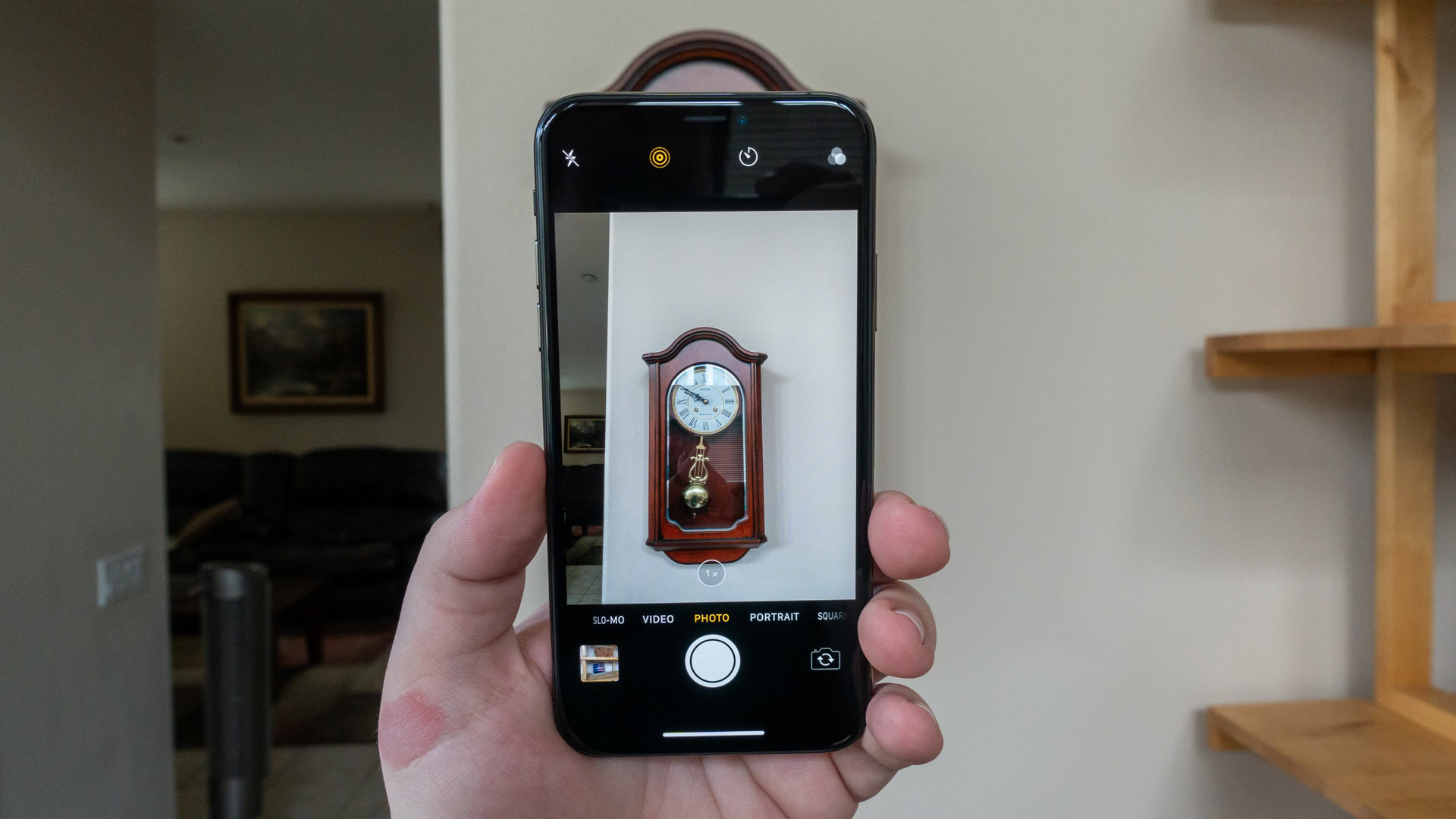
The front camera on the Apple iPhone XS is a 7 MP sensor with a f/2.2 lens, just like the iPhone X. That’s not necessarily a bad thing; the X did a great job with selfies and so does the XS.
The main camera is where the XS shows real difference. The iPhone XS camera pairs a 12MP telephoto lens and a wide-angle 12MP sensor with an f/1.8 lens. While the megapixel count remains unchanged, the pixels themselves are now bigger at 1.4µm. This means they can collect more light, allowing better performance, especially in poor light conditions.

I’m not what you would call a master photographer. In fact, I’m pretty below average. Even my novice skills resulted in detailed images in most instances.
In low-light images there genuinely is less grain than before. The colors are far more natural and appealing than you’d expect. Lights also don’t look overexposed in most night time shots, due to a new feature called Smart HDR.
Smart HDR works by snapping multiple photos at three different exposures and combining them together to create the best possible looking photo. We’ve seen similar features on Android devices like the Pixel 2, but it’s a welcome change for iPhone fans. The feature works best in high-contrast scenarios, though it can help in a variety of situations.
Apple also added a few new features to Portrait Mode with the iPhone XS like a new Depth Control mode, which makes it easy to change the intensity of the blur in photos or even remove it entirely.
The iPhone XS camera is excellent for photos and we appreciate the almost zero lag when trying to take a photo. Video is equally enjoyable, with improved dynamic range and better low light performance.
The iPhone XS easily has one of the best camera packages I’ve used, but I wouldn’t say it’s the best. In particular, the Pixel 2 is still a strong challenger.
Again, I’m no photography expert, and we’ll be sure to bring you more detailed camera comparison with the iPhone XS family against new Android devices in the near future.
For now, below we have some samples taken during my time with the phone. These have been reduced in file size to save load speeds, but you can see the full resolution images in our Google Drive folder here.
Software: where the differences become obvious
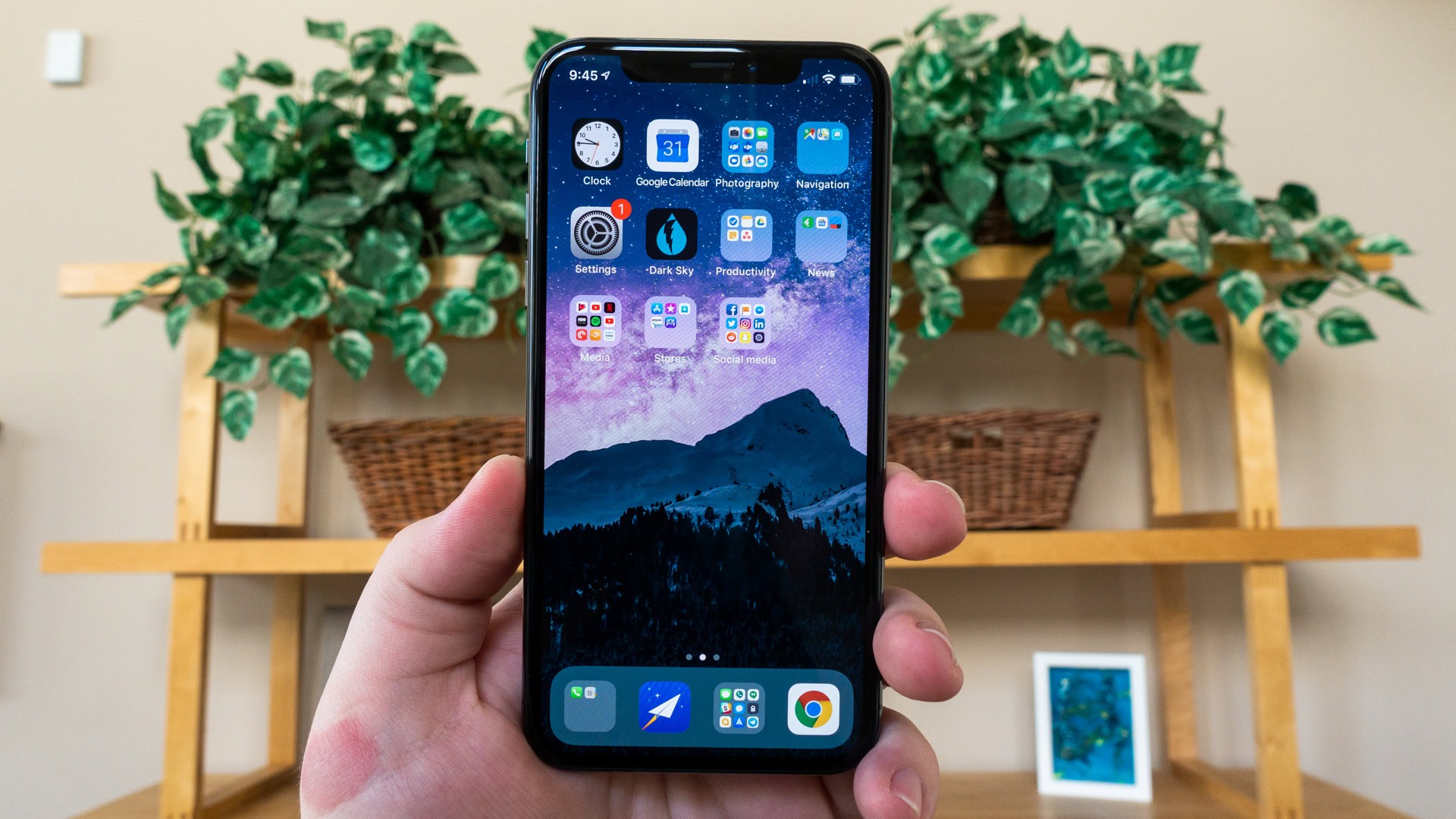
IOS and Android have very little in common in their layout, settings, notifications, and more. There’s a real learning curve if you’re coming from Android.
The look has evolved a bit, but if you’ve used an iPhone at all in the last few years you won’t find anything radically different here. The homepage is still six rows of icons and the familiar dock.
The iOS 12 update brings a few new goodies like Memoji (a take on Samsung’s AR emoji), notification grouping, and a Screen Time feature offering many of the same features as Android Pie’s Digital Wellbeing feature.
In fairness, the gap between iPhone and Android isn’t as big as it once was. Nearly all my favorite Android apps have iOS counterparts and they work about the same once you get used to layout differences. Even if you’re a Google fan it is easy to get set up with Assistant, Google Maps, Drive, and all your other favorites.
The two platforms can handle all the same core tasks, just in different ways.
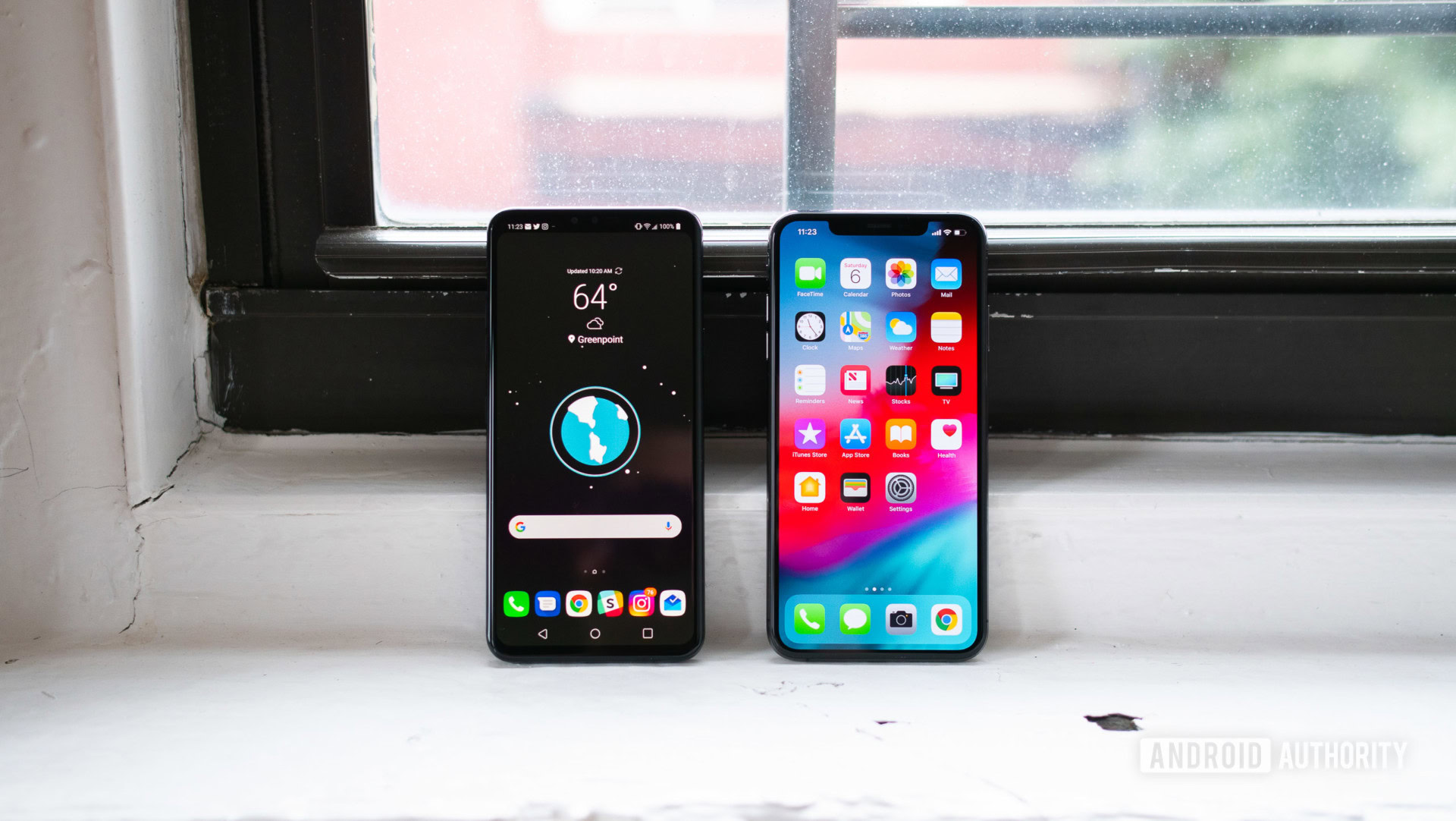
What it’s like using iOS as an Android user
There’s no way around it, I prefer Android’s layout. I’m just used to what Google and its OEM partners deliver. I always feel a bit lost on an iPhone. After a few days, this feeling starts fading. After more than a week in, the alien environment slowly became first nature and I started to enjoy the experience.
However, I can’t say there is much I prefer on iOS.
Things like setting up Bluetooth devices and navigating the app store are more intuitive and less of a hassle. I also love some of the integrated apps like GarageBand and Keynote. None of these things are absolute must-have additions.
I had a hard time getting used to the way Apple handles notifications. Even with the addition of notification grouping, the whole experience still feels a bit clunky. Certain apps don’t show notifications in the notification center by default, leaving you to look for a message alert for each of these apps in the home screen.
I could absolutely get used to using an iPhone as a daily driver, but I wouldn’t be truly happy. It’s not the changes in the interface, app store, or even the quirks involved in getting used to a new OS. My real problem is the hand holding.
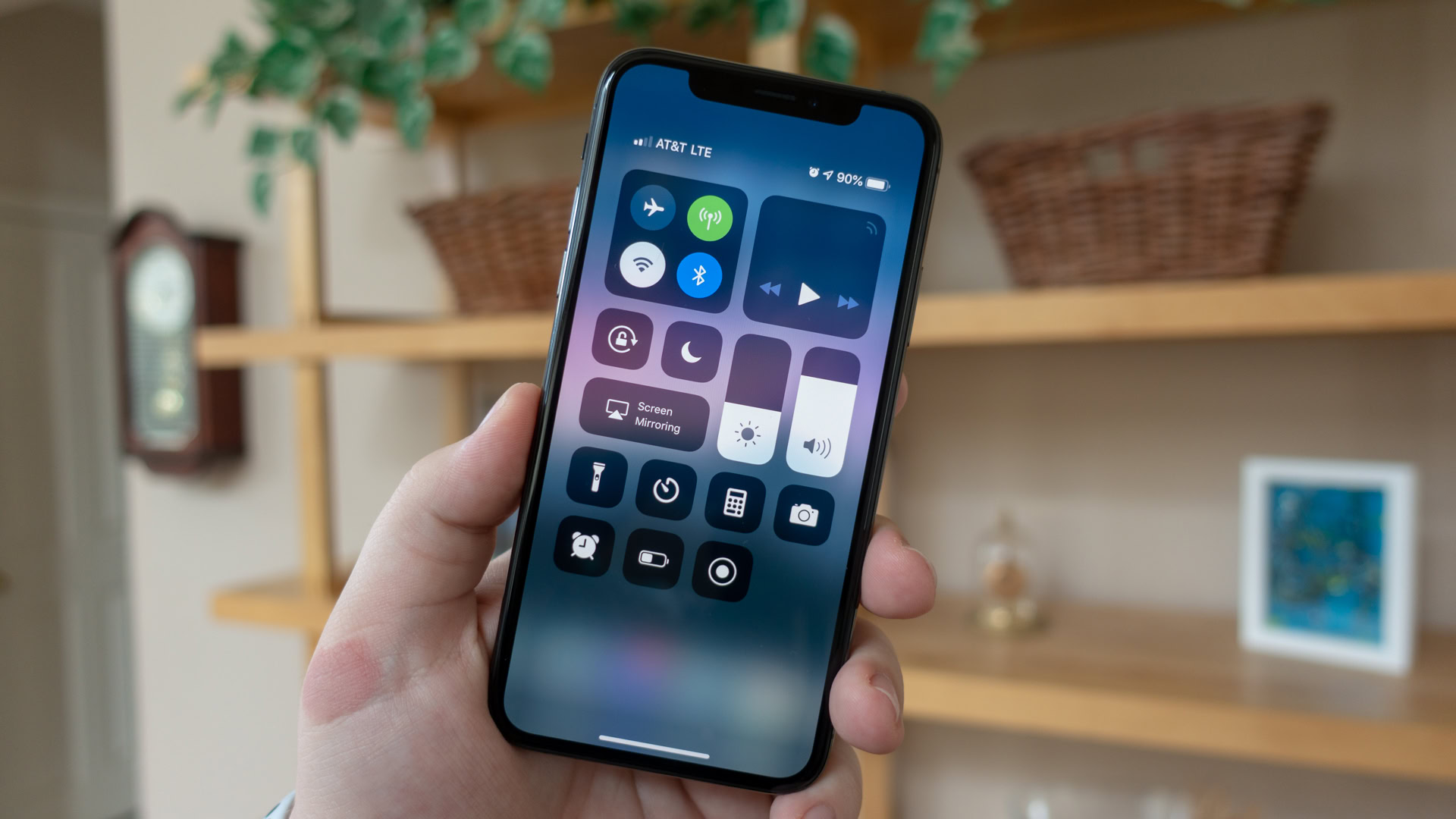
Apple’s iOS ‘just works,’ but it also holds your hand a lot
Apple makes setup a breeze. Its apps are easy to navigate. It has a robust app store. I can see how this would appeal to many people, especially those new to smartphones or used to the way Apple does things. Unfortunately, you’re also forced to play by Apple’s rules.
I often found iOS too inflexible.
I live in a rural area with limited home Internet and unlimited cellular data. On Android, I tend to download all my apps using LTE, but Apple makes this tough. Downloading a file bigger than 150MB will give me a warning saying the file size is too large and I must use my Wi-Fi.
it's Apple's way or the highway. That just doesn't work for me.
Some Android phones give you the same warning, but you can disable this from the settings — no such luck with Apple. There are some workarounds, but they require manually changing the calendar date and jumping through a bunch of hoops.
Apple has plenty of great first-party apps, but if I want to switch my camera and browser to a new default I’m again out of luck.
Even little things like changing the row alignment on the home screen (like having several pages with just one row of icons each) is impossible on iOS (but a breeze on Android).
For those who don’t care about personalization and have no issue using what’s handed to them, I can see the appeal of Apple’s iOS. For me, this limitation keeps me from using it.
Pricing and availability
The iPhone XS starts at $999 for the 64 GB model and tops out at $1,349 for the 512 GB version. Color choice are silver, space grey, and gold.
It’s far from cheap, though several newer Android flagships reach similar pricing.
Apples vs Androids
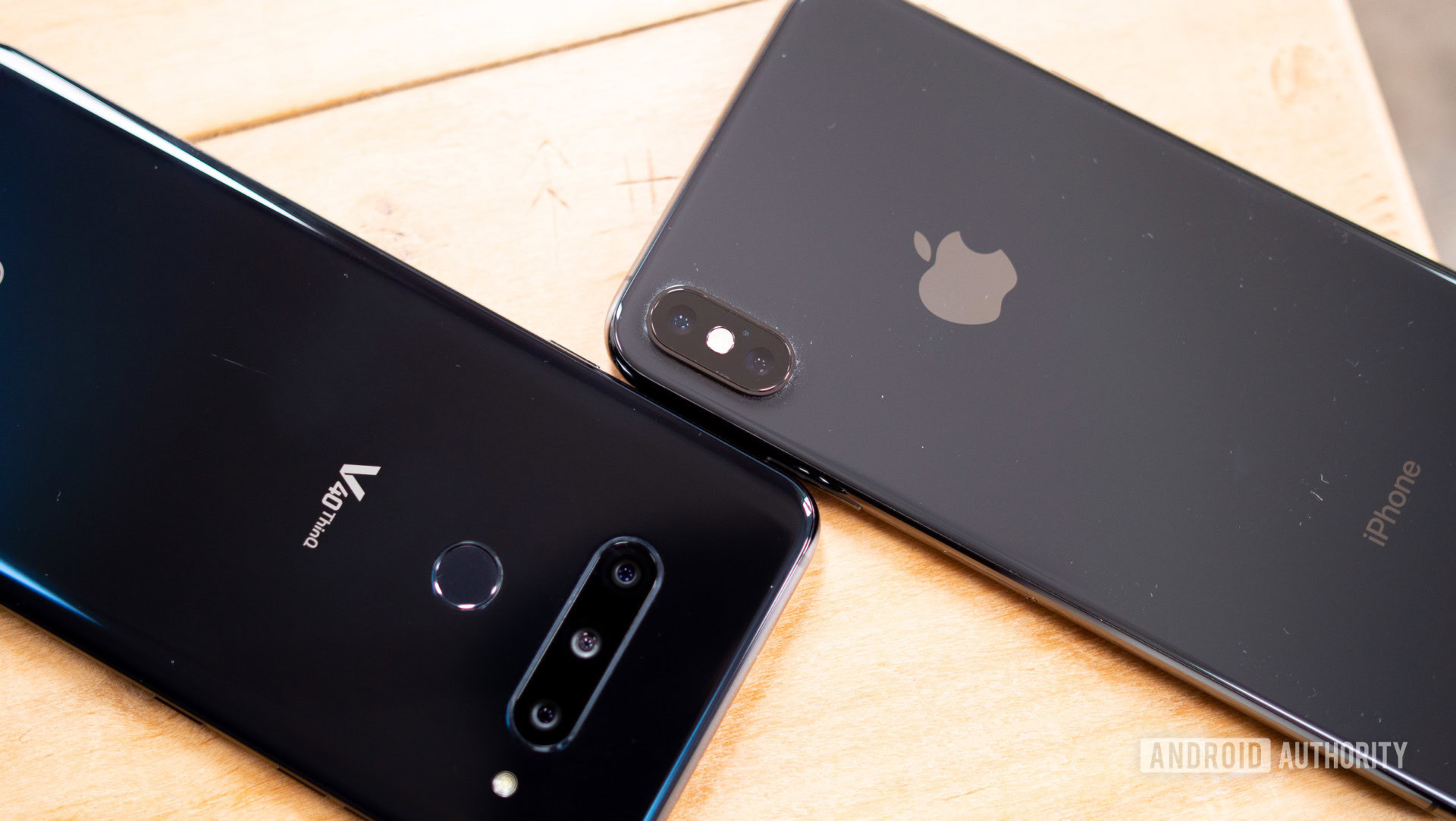
If you’re using an Android device and love it, the iPhone XS offers little to sway you away to the other side. It’s a great phone, but there are plenty of great phones in the Android world as well.
If you are considering making a switch to iOS, you’ll find the iPhone XS performs exceptionally and does everything you’d want. Apple also has great customer support, considerably slower depreciation for resale, and a solid software update track record.
Just remember you will be giving up things like customization options and an app drawer, and you’ll have to adjust to somewhat wonky notifications. There will be a learning curve if you haven’t used iOS much.
I would never make the switch to iPhone, I’m just too comfortable with Android. I also don’t like to be told what I can and can’t do with my phone. At the same time, I appreciate how far the iPhone has come and how close the feature gap is getting.